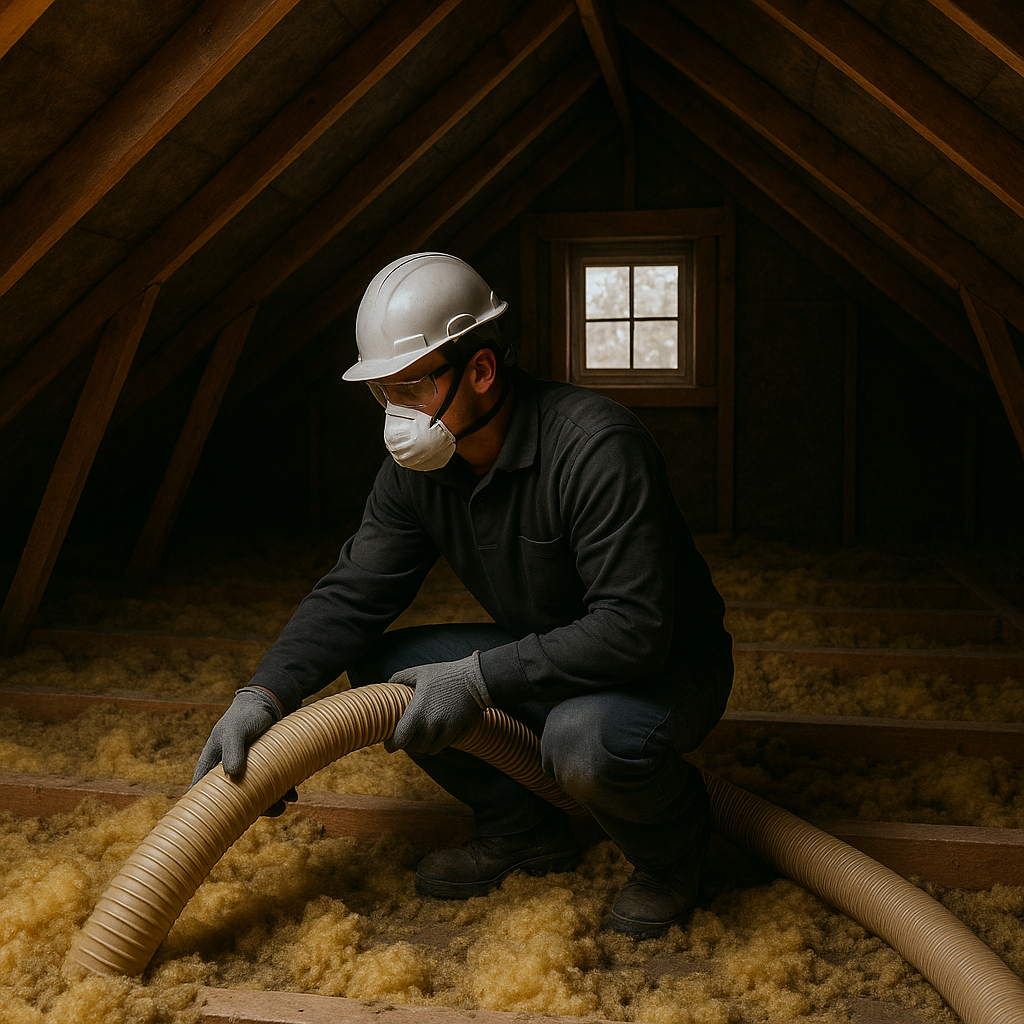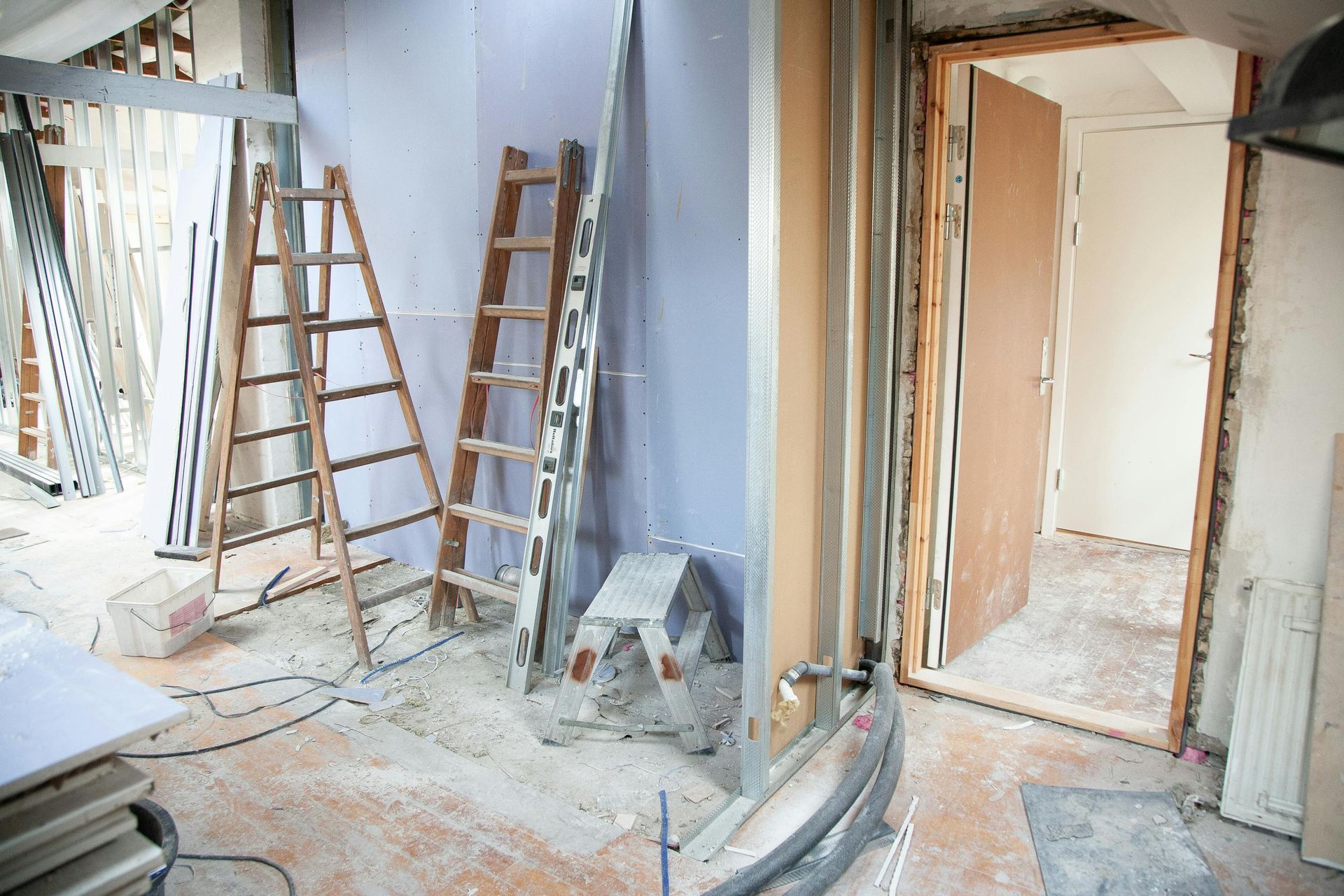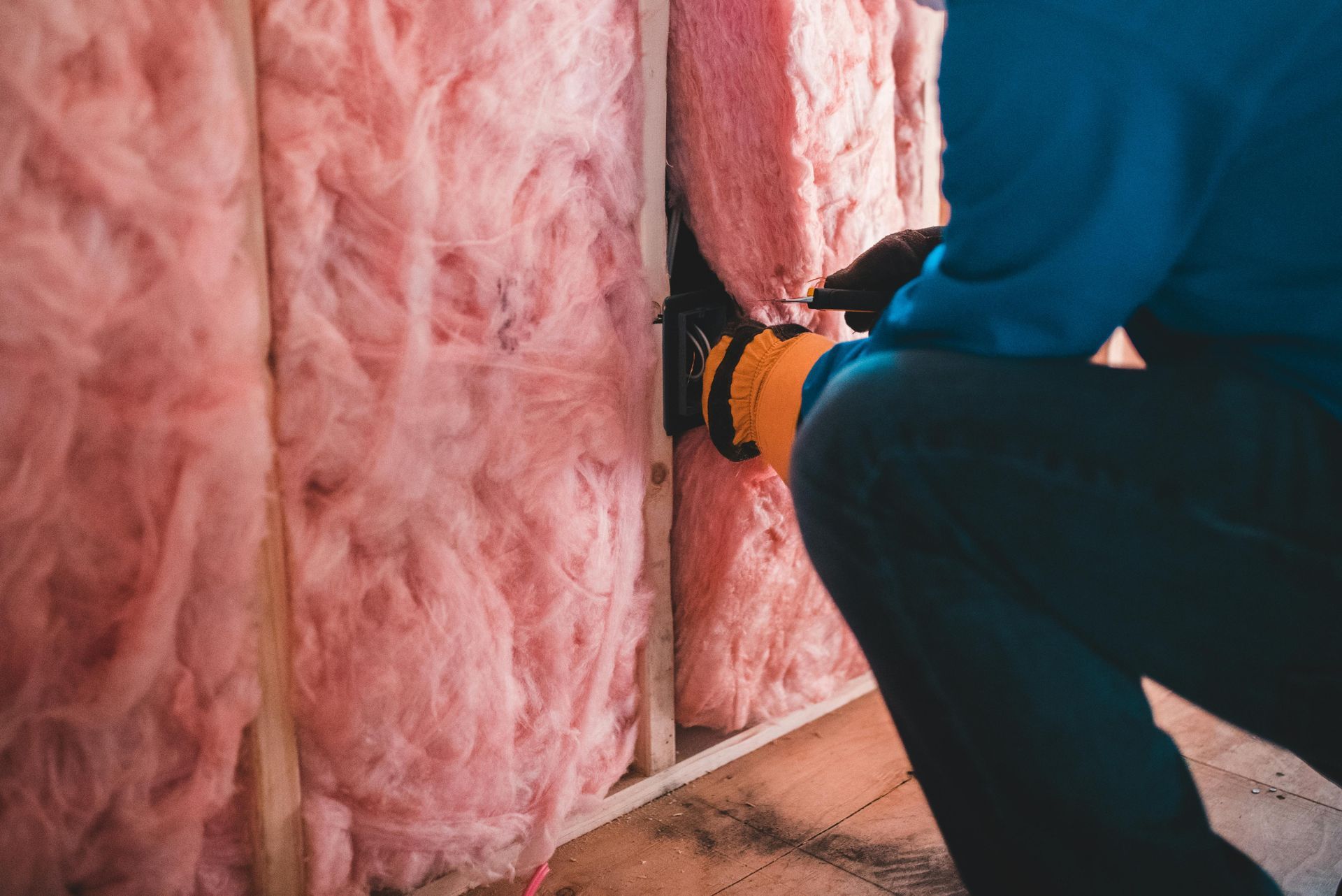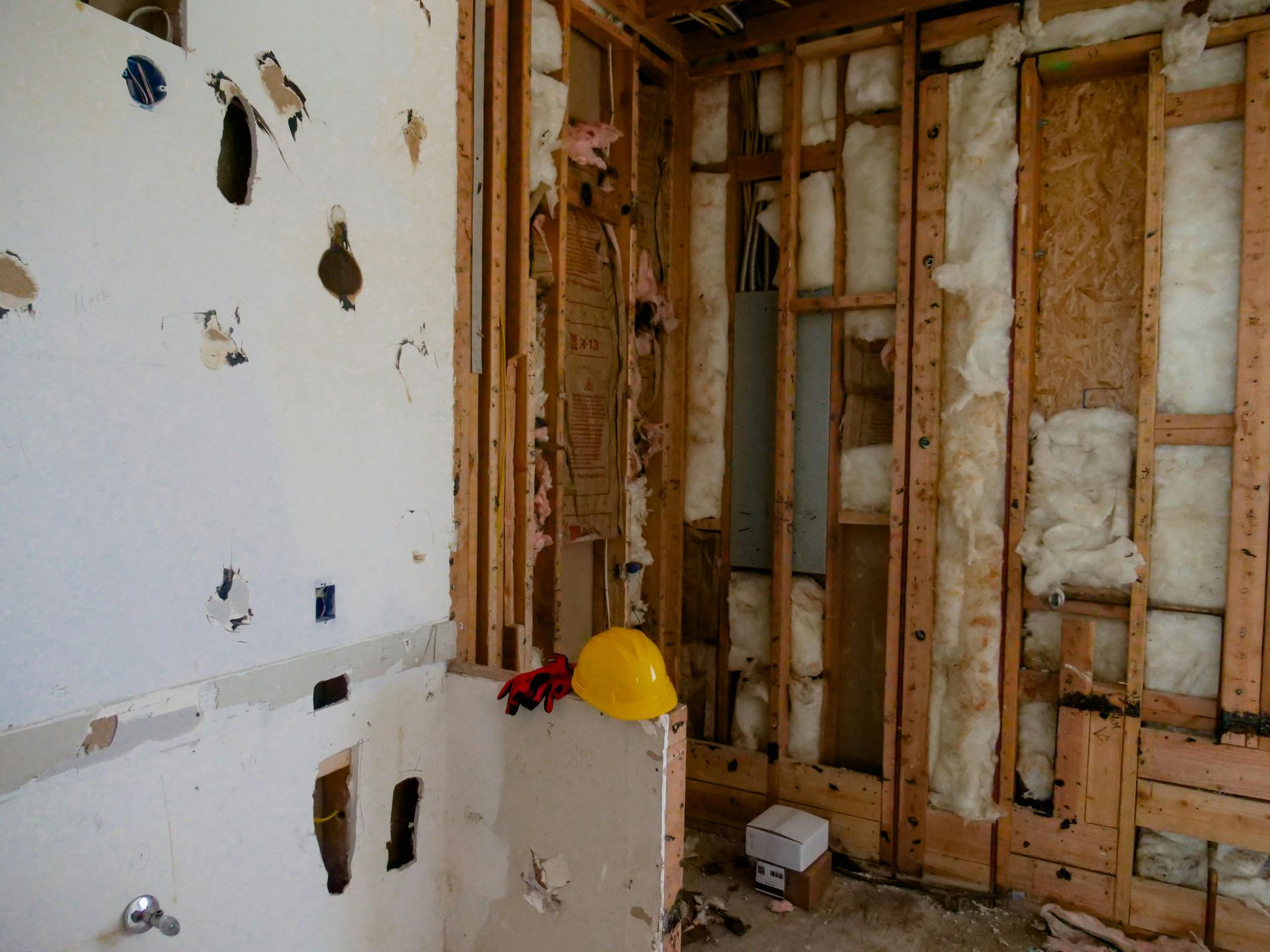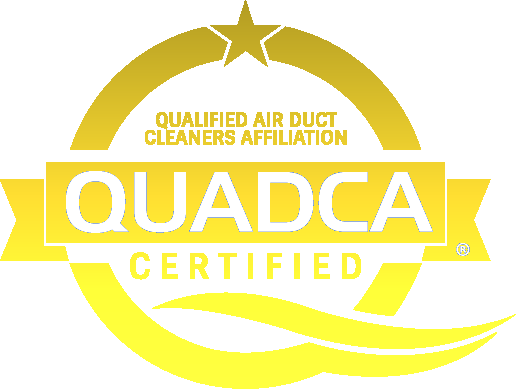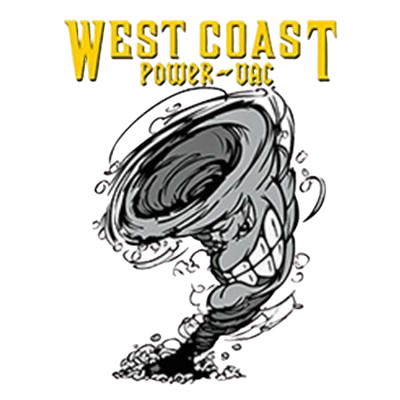Insulation Removal Services
Safe & Thorough Removal | Healthier Indoor Air | Energy Savings
Local & Reliable Team
Don’t let old insulation compromise your comfort and air quality.
Why Choose West Coast Power-Vac for Insulation Removal?
Old, damaged, or contaminated insulation can negatively affect your home’s comfort, air quality, and energy efficiency. At West Coast Power-Vac, we provide safe, professional insulation removal services to clear out attic, crawl space, or wall insulation and prepare your home for fresh installation. With over 15 years of experience, our trusted team ensures your home stays clean, healthy, and energy-efficient.
Trusted by Homeowners Across Puget Sound:
Licensed and insured contractor
15+ years of proven experience
Hundreds of 5-star reviews
Why Insulation Removal Is Necessary
- Pest Infestation – Rodents, insects, or birds can nest in insulation, leaving behind droppings and contaminants.
- Moisture and Mold – Leaks or condensation can cause insulation to become damp, leading to mold growth.
- Fire and Smoke Damage – Insulation holds onto harmful particles and odors after a fire.
- Aging or Settling Insulation – Over time, insulation compresses and loses effectiveness.
- Remodeling Projects – Old insulation must be removed before upgrades or repairs.
Benefits of Replacing Insulation
- Improved Energy Efficiency – Fresh insulation helps lower heating and cooling costs.
- Cleaner Indoor Air – Removing contaminated insulation eliminates allergens, mold spores, and bacteria.
- Enhanced Comfort – Keeps your home warmer in winter and cooler in summer.
- Increased Home Value – A smart upgrade for energy-conscious buyers.
- Peace of Mind – Protects your family from hidden health and safety risks.
How Often Should Insulation Be Replaced?
- Most insulation lasts 15–20 years under normal conditions.
- Inspections every 5–10 years help identify issues like moisture, pests, or settling.
- Replacement is recommended if you notice higher energy bills, uneven temperatures, or visible damage in your attic or crawl space.
Insulation Removal Done Right
Insulation removal is a critical step in improving indoor air quality, energy efficiency, and overall home safety—especially when the existing insulation is damaged, outdated, or contaminated. Over time, insulation can degrade due to moisture, pest infestations, mold growth, or simply age, leading to poor thermal performance and potential health risks. Removing compromised insulation allows for a clean slate, eliminating allergens, dust, and irritants that may have built up within the material. This process is especially important in attics, crawl spaces, and basements, where insulation is more prone to deterioration.
Beyond health and comfort, professional insulation removal also prepares your home for upgrades that can significantly reduce energy costs. Old or improperly installed insulation can cause uneven temperatures, drafts, and higher utility bills. By removing it, homeowners can install modern, high-performance insulation that better regulates indoor temperatures and improves HVAC efficiency. Whether you're planning a renovation, addressing moisture issues, or simply upgrading your home’s energy performance, insulation removal is a smart and proactive investment.
Our Process
Our Step-by-Step Process for Safe and Efficient Insulation Removal
Comprehensive Inspection and Assessment
We begin by inspecting the area to determine the type, condition, and extent of the insulation that needs to be removed. This includes checking for signs of moisture damage, mold, pest infestation, or contamination. Based on our findings, we develop a customized removal plan to ensure safety and efficiency.
Preparation and Containment
Before removal begins, we prepare the space by sealing off surrounding areas to prevent the spread of dust and debris. We use protective coverings and set up proper ventilation to maintain air quality during the process. Our technicians wear safety gear to handle insulation materials responsibly.
Safe Removal of Insulation Materials
Using specialized equipment, we carefully remove all insulation—whether it's fiberglass, cellulose, or foam—without damaging surrounding structures. We ensure that contaminated or damaged insulation is bagged and disposed of according to local environmental regulations.
Final Cleanup and Site Readiness
After removal, we thoroughly clean the area to eliminate residual dust, allergens, and debris. We inspect the space to confirm it's ready for new insulation installation or any other planned upgrades. If needed, we can also recommend moisture barriers or pest-proofing solutions to protect your home long-term.
Why would I need to remove my insulation?
Insulation may need to be removed if it’s damaged by moisture, mold, pests, fire, or if it’s outdated and no longer effective. Removal is also necessary before installing upgraded insulation or during major renovations.
Is insulation removal safe?
Yes—when performed by trained professionals using proper equipment and safety protocols. We take precautions to contain dust and debris, protect your home, and ensure safe disposal of old insulation materials.
Can old insulation affect my indoor air quality?
Absolutely. Contaminated or deteriorating insulation can release allergens, dust, and irritants into the air, contributing to respiratory issues and poor indoor air quality.
What types of insulation do you remove?
We remove all common types of insulation, including fiberglass batts, blown-in cellulose, spray foam, and mineral wool. Each type requires a specific removal method to ensure safety and efficiency.
How long does the insulation removal process take?
The timeline depends on the size of the area and the condition of the insulation. Most residential projects can be completed in one to two days, but we’ll provide a clear estimate after our initial inspection.
What happens after the insulation is removed?
After removal, we clean the area thoroughly and prepare it for new insulation installation. We can also recommend moisture barriers, pest-proofing, or upgraded insulation options to improve energy efficiency and comfort.


